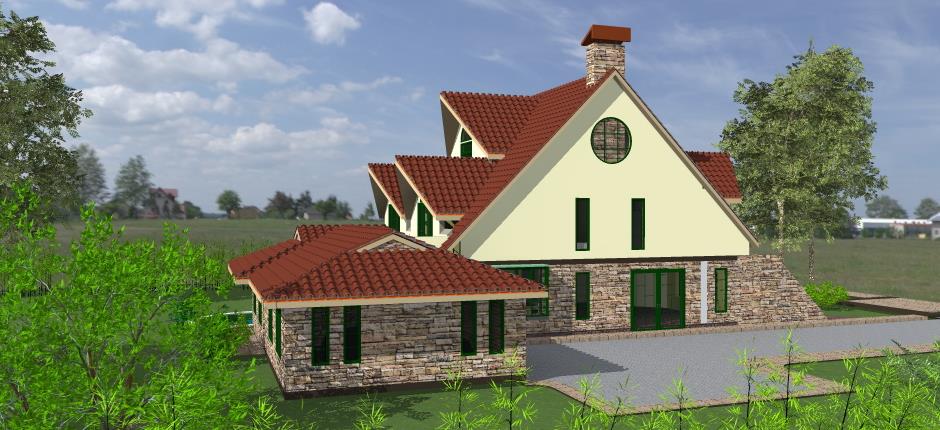The issue of the cost of construction work is one that is rarely far from the minds of construction clients, design teams, constructors/Contractor and, of course, quantity surveyors.
The cost of constructing a building project is a primary concern for the vast majority of construction clients. Indeed one of the most common initial questions a client has is what is it going to cost me?‟ often followed closely by „can we do it any cheaper?‟
Providing answers to such questions is a key objective of quantity surveyors, whose task it is to predict the likely cost of building work and to manage the evolving project design to ensure that the client‟s approved budget is not exceeded. This is a challenging task, which frequently involves one-off, unique, purpose made buildings, and the QS typically operates within a design team brought together specifically for that particular project.“It is unwise to pay too much, but it is worse to pay too little”. – John Ruskin
- THE CHOICE OF ARCHITECT
The choice of the architect as lead designer is a key decision on any project and will reflect the client‟s priorities, particularly those related to cost and quality. Clients who plan to develop high quality or landmark developments often employ high profile design practices
2.THE NATURE OF THE PROJECT
Many construction projects involve the design and construction of a building which is tailored to meet the client‟s specific requirements. No two construction projects are identical – there is no such thing as the average building project. The cost of the building will depend on its particular characteristics and these are largely determined by the architect
3.THE FUNCTION OF THE BUILDING
It is clear that the purpose of a building will have a major bearing on its cost. Housing has a very different cost range to apartments and commercial development. Likewise the cost of providing public amenities such as conference centres, theatres and sports stadia cannot be directly related to the provision of public infrastructure such as hospitals or schools. The cost of each building must be related to its individual design, which may be benchmarked against similar national and international projects.
- THE DESIGN
The geometry of a building has a major impact on costs. Building morphology is concerned with the size, shape and complexity of the building. This section provides a very brief outline of the principle morphological factors which influence the cost of building work. The main design factors which impact on cost are:
- Plan shape,
- Size of building,
- Wall to floor ratio
- Degree of circulation space,
- Storey heights
- Total height of the building
- CHOICE OF MATERIALS
The materials specified and the proposed construction details will have an important bearing on the cost of the project. Buildings which incorporate high quality and/or innovative features are invariably more expensive than those which are purely functional. The choice depends on what the client is willing to pay. The materials, nevertheless, should be appropriate for their use; over-specification is wasteful.
6.THE NATURE OF THE SITE
- Location
The location of the project will influence its cost. High value sites attract high value developments and it is inappropriate to locate low value projects on valuable sites.
- Physical Site Conditions
The site topography i.e. the natural site features, ground conditions and obstructions, existing and adjoining building, and underground and over-ground services all impact on how the building is designed and subsequently constructed. The nature of each site must be individually checked to establish potential problems.
- AVAILABILITY OF SERVICES
The availability, location and capacity of existing utilities must be considered in the design. Connecting to these may involve significant costs particularly where they are inconveniently located or are distant from the site. For example septic tanks or pumping plant may be required to drain a site, easements may be required to cross neighbouring land, and diversions of live services may be required to accommodate the development.

